Can a Tomato Plant Survive Without Leaves
In the world of plants, leaves are often regarded as the green powerhouses responsible for photosynthesis and a host of other essential functions. However, have you ever wondered if a tomato plant can survive without its leaves?
From understanding the reasons behind leaf loss to discovering the survival mechanisms that enable tomato plants to thrive without leaves, we’ll uncover the secrets of these resilient garden denizens.
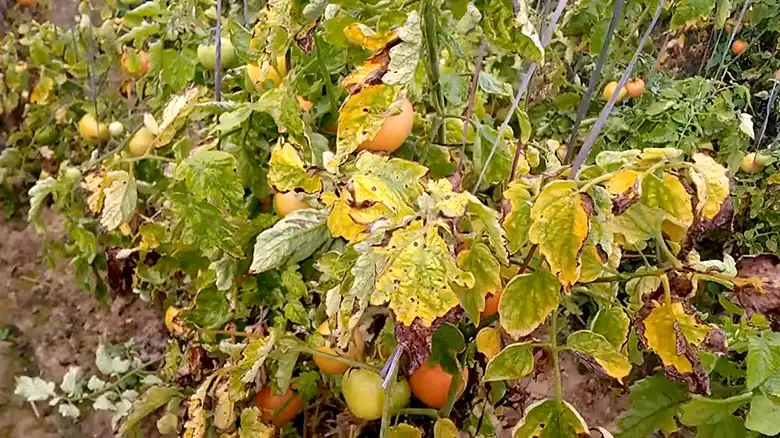
When Tomato Leaves Are Lost
Tomato plants, like all living organisms, have their own lifecycles, and part of this cycle involves the natural shedding of leaves.
This process is entirely normal and is a way for the plant to make room for new, healthier foliage. Just like how we shed dead skin cells, tomato plants let go of older leaves that are no longer efficient in performing their functions.
When a tomato leaf nears the end of its life, it turns yellow, dries up, and eventually falls off. This is a natural and necessary occurrence in a tomato plant’s growth, allowing it to direct its resources to more vital tasks like producing fruit and sustaining new leaf growth.
Environmental Stressors
While natural leaf shedding is a part of a tomato plant’s life, there are external factors that can accelerate this process. These environmental stressors can pose challenges to the plant, potentially leading to the loss of more leaves than what is considered normal.
1. Drought: Extended periods of water scarcity can put a tomato plant under considerable stress. In response, the plant might shed leaves to reduce water loss through transpiration. This is a survival tactic, allowing the plant to conserve its limited water supply.
2. Extreme Temperatures: Extremely hot or cold temperatures can also harm tomato leaves. In the face of heatwaves, the plant may drop leaves to minimize water loss and prevent overheating. Conversely, frosty conditions can cause cell damage, leading to leaf loss.
3. Pests and Diseases: Tomato plants are susceptible to a variety of pests and diseases. When under attack, they may shed infected leaves as a defense mechanism to prevent the spread of the problem to healthy parts of the plant.
4. Nutrient Deficiencies: A lack of essential nutrients in the soil can weaken a tomato plant and lead to poor leaf health. In such cases, the plant may prioritize resource allocation, sacrificing some leaves to support the growth of new, healthier ones.
Adaptations and Strategies
Tomato plants are remarkably resilient when faced with the loss of their leaves. To thrive in adverse conditions, they employ a range of ingenious adaptations and strategies. In this section, we’ll delve into the fascinating world of how tomato plants adapt and the strategies they use to survive without leaves.
Resource Redistribution
When tomato plants lose their leaves, they need to reallocate their precious resources wisely. Energy, nutrients, and water, which would typically be used for leaf growth, are redirected to other crucial areas.
This resource shift helps the plant focus on tasks like fruit production and root development, ensuring its continued survival.
Stem and Petiole Assistance
While leaves play a primary role in photosynthesis, tomato plants have evolved to make the most of other plant parts. Stems, often overlooked as photosynthetic organs, step up to fill the void. They engage in limited photosynthesis to provide the plant with some energy.
Petioles, the slender stalks that connect leaves to stems, serve as vital conduits for nutrient transportation and structural support, helping the plant adapt to leaf loss.
Alternative Photosynthesis Mechanisms
Tomato plants predominantly rely on C3 photosynthesis, but some varieties have evolved alternative mechanisms.
For instance, C4 photosynthesis and CAM photosynthesis allow certain tomato varieties to perform more efficient photosynthesis, even when lacking leaves. These mechanisms enable them to better cope with leaf loss and continue their growth.
Enhanced Root Development
With fewer leaves to support, tomato plants invest more energy in developing their root systems. Enhanced root growth not only aids in nutrient and water absorption but also stabilizes the plant, helping it withstand environmental stressors.
This strategy ensures that even without leaves, tomato plants can draw the sustenance they need from the soil.
Reduced Transpiration
Transpiration, the process of water loss through leaf pores (stomata), is significantly reduced when leaves are scarce. Tomato plants adapt to this by conserving water and minimizing stress. This reduction in water loss allows the plant to endure dry spells more effectively.
Selective Resource Allocation
Tomato plants prioritize where they allocate their resources. Instead of expending energy on growing new leaves, they channel it towards vital functions such as producing flowers and fruits. This selective approach helps the plant adapt to leaf loss and maintain its reproductive efforts.
Slow Growth Mode
In response to leaf loss, tomato plants may enter a temporary phase of slower growth. This conserves resources and allows the plant to weather unfavorable conditions. Once conditions improve, the plant can resume more vigorous growth.
Environmental Resilience
Tomato plants adapt to their specific environment, developing traits that make them resilient to the challenges they face. Some varieties may naturally possess characteristics that help them cope with leaf loss, such as thickened stems or disease resistance.
Optimized Leaf Regeneration
Tomato plants have the remarkable ability to regenerate lost leaves under the right conditions. By providing optimal care, including proper watering, fertilization, and disease control, gardeners can encourage the plant to regrow its leaves, aiding in its overall recovery.
Adaptation to Stress
Tomato plants can adapt to stressors like drought, heat, and pests, which are often responsible for leaf loss. They may activate defense mechanisms, such as producing protective compounds or changing their growth patterns, to combat these stressors effectively.
Tips for Maintaining Leaf Health
Tomato plants rely heavily on their leaves for essential functions like photosynthesis, nutrient absorption, and transpiration.
Healthy leaves are crucial for a thriving tomato plant, and preventing leaf issues is often more effective than trying to remedy them.
Here are some practical tips to ensure your tomato plant’s leaves stay healthy and vibrant:
1. Proper Watering
Maintaining adequate soil moisture is key to leaf health. Make sure your tomato plant receives a consistent supply of water. Water deeply and evenly, avoiding both drought stress and waterlogged roots.
2. Pruning and Maintenance
Regularly inspect your tomato plant for any signs of trouble. Pruning away yellowing or diseased leaves and stems can prevent the spread of issues to healthy foliage.
3. Pest Management
Pests like aphids, caterpillars, and spider mites can wreak havoc on tomato leaves. Keep an eye out for these intruders and employ natural or chemical controls as necessary to protect your plant.
4. Disease Prevention
Tomato plants can fall victim to various diseases, including blight and powdery mildew. Maintain proper spacing between plants to improve air circulation, apply fungicides when needed, and consider using disease-resistant tomato varieties.
5. Fertilization
Providing your tomato plant with balanced nutrition is essential for leaf health. Choose a suitable fertilizer, and follow recommended application rates to avoid over-fertilization, which can harm leaves.
6. Proper Support
Supporting your tomato plant with stakes or cages can help keep leaves off the ground, reducing the risk of soil-borne diseases and physical damage.
7. Mulching
Mulch can help maintain soil moisture, regulate temperature, and prevent soil splashing onto leaves. Apply a layer of mulch around the base of your plant to protect its leaves.
8. Avoiding Overcrowding
Plant your tomato seedlings with enough space between them to allow proper air circulation. Overcrowding can create a humid environment that promotes disease.
Tomato Plant Survival Mechanisms
Tomato plants are known for their lush green leaves, but what happens when those leaves are lost? From alternative photosynthesis methods to resource allocation strategies, you’ll discover how these resilient plants adapt to challenging situations.
Alternative Photosynthesis Mechanisms
One might assume that the loss of leaves, the primary sites of photosynthesis, would spell disaster for a tomato plant. However, nature has equipped these plants with some intriguing alternatives:
1. Stems as Photosynthetic Organs
Believe it or not, tomato stems can perform limited photosynthesis. While they are not as efficient as leaves, they can help the plant generate some energy. This allows the tomato plant to continue producing vital carbohydrates even when its leaves are compromised.
2. C4 Photosynthesis
Some tomato varieties have evolved to employ C4 photosynthesis, a more efficient form of photosynthesis in arid conditions. This adaptation enables the plant to minimize water loss while maximizing carbon dioxide uptake, making it more resilient when facing leaf loss.
3. CAM Photosynthesis in Succulent Tomatoes
Certain tomato plants, often those adapted to arid regions, utilize Crassulacean Acid Metabolism (CAM) photosynthesis.
CAM plants open their stomata at night to reduce water loss and fix carbon dioxide for photosynthesis. This unique mechanism helps these tomatoes survive with minimal water and even under leaf-stress conditions.
Resource Allocation and Prioritization
Tomato plants are masters of resource allocation. When they lose their leaves, they need to redistribute their energy and nutrients effectively:
1. Prioritizing Fruit Production
One survival strategy employed by tomato plants is to prioritize fruit production over leaf growth when leaves are lost. By allocating energy towards the development of fruits, the plant ensures its reproductive success, even in challenging circumstances.
2. Redirecting Nutrients
Tomato plants can redirect nutrients from lost leaves to other parts of the plant. This efficient use of resources helps maintain overall plant health, even in the absence of leaves.
3. Adjusting Growth Rate
In response to leaf loss, tomato plants may slow down their overall growth rate. This conserves energy and allows the plant to adapt to the changed circumstances while still thriving.
Enhanced Water Management
In the absence of leaves, tomato plants must be particularly efficient in managing their water resources:
1. Reduced Transpiration
Transpiration, the loss of water through leaf pores (stomata), is significantly reduced when a tomato plant loses its leaves. This helps the plant conserve precious water during dry periods.
2. Root System Adaptations
Tomato plants may also adapt their root systems to explore deeper soil layers for moisture, ensuring a steady supply of water even when surface moisture is scarce.
Important Questions
1. Can a tomato plant survive without leaves?
Yes, tomato plants can survive for a limited time without leaves. They have various survival mechanisms, including alternative photosynthesis methods and resource allocation strategies, that enable them to adapt to leaf loss.
2. What causes tomato plants to lose their leaves?
Tomato plants can lose their leaves due to various reasons, including natural leaf shedding as part of their life cycle, environmental stressors such as drought, frost, pests, and diseases that damage leaves.
3. How do tomato plants perform photosynthesis without leaves?
Tomato plants have alternative photosynthesis mechanisms. Some varieties utilize C4 photosynthesis, while others employ CAM (Crassulacean Acid Metabolism) photosynthesis.
Additionally, stems can perform limited photosynthesis to generate energy.
4. Are there tomato varieties better suited for surviving without leaves?
Some tomato varieties are more resilient and adapt better to leaf loss. Look for disease-resistant and stress-tolerant varieties, as they tend to have better survival rates in challenging conditions.
5. Can tomato plants regrow lost leaves?
Yes, tomato plants have the ability to regrow lost leaves under the right conditions. Providing optimal care, including proper nutrition, pest control, and disease prevention, can encourage leaf regrowth.
6. How do tomato plants manage water without leaves for transpiration?
Tomato plants reduce water loss through transpiration when they lose their leaves. They also adapt their root systems to access deeper soil layers for moisture, ensuring adequate hydration even without leaves.
7. Should I prune my tomato plant if it loses its leaves?
Pruning can help maintain the overall health of a tomato plant by removing diseased or overcrowded branches. However, it’s essential to use clean and sterilized pruning tools to prevent the spread of disease.
8. What can I do to prevent leaf loss in my tomato plants?
To prevent leaf loss, you can implement various strategies, including proper watering, regular pest management, disease prevention, pruning, and providing balanced nutrition through fertilization.
9. How long can a tomato plant survive without leaves?
The duration a tomato plant can survive without leaves depends on several factors, including the plant’s overall health, environmental conditions, and the availability of alternative photosynthesis sources.
In general, tomato plants can survive for a limited time without leaves, but it’s essential to address the underlying issues promptly.
Final Thoughts
In the quest to answer whether a tomato plant can survive without leaves, we’ve uncovered the plant’s remarkable adaptability and survival mechanisms.
From shedding leaves as part of a natural lifecycle to navigating environmental stressors and reallocating energy resources, tomato plants have evolved ingenious strategies for thriving even in leafless conditions.

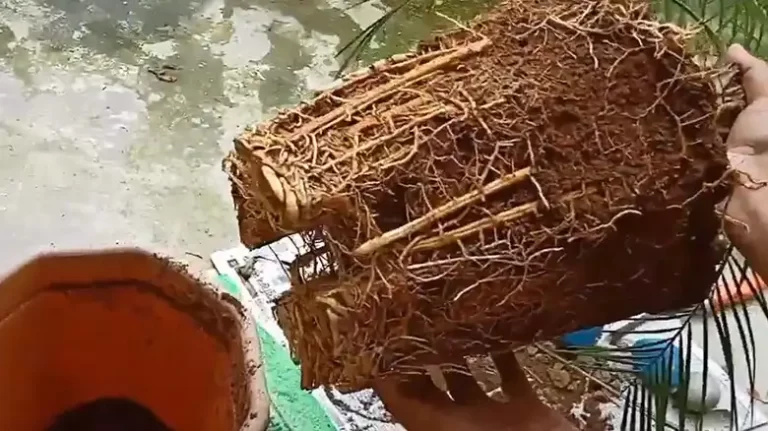
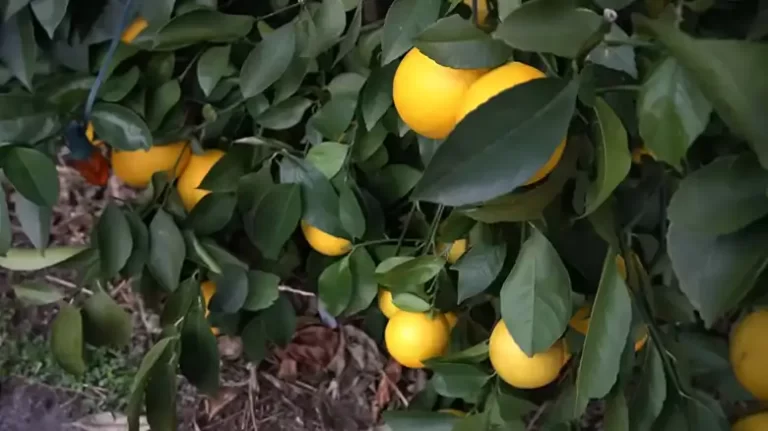
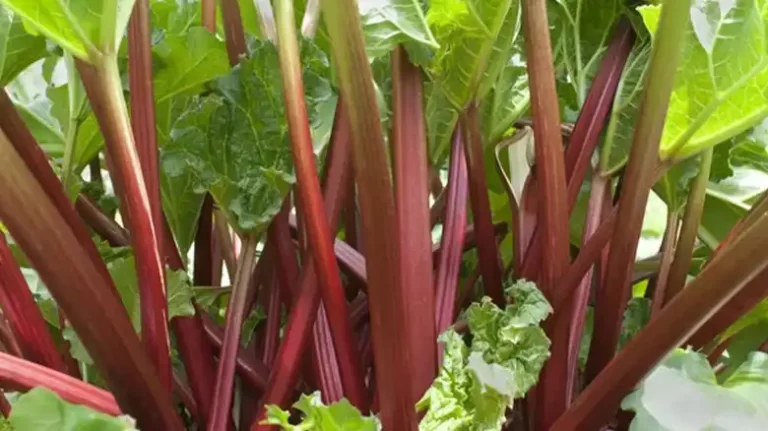
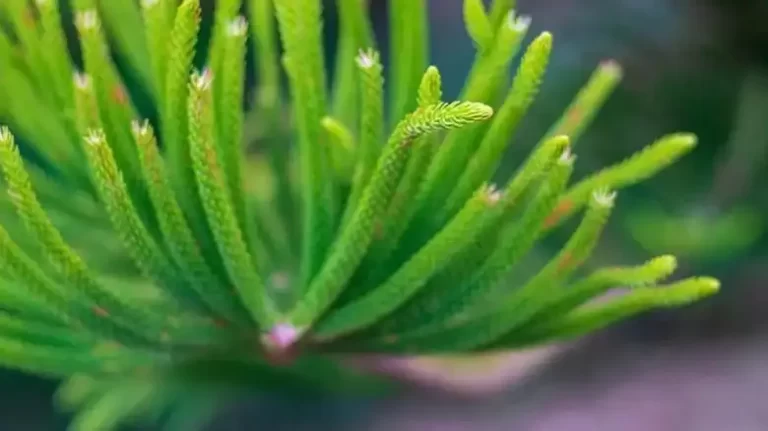
![Dolphin Flower Plant [Total Care Guide]](https://www.daisynatives.com/wp-content/uploads/2023/12/Dolphin-Flower-Plant-768x431.webp)